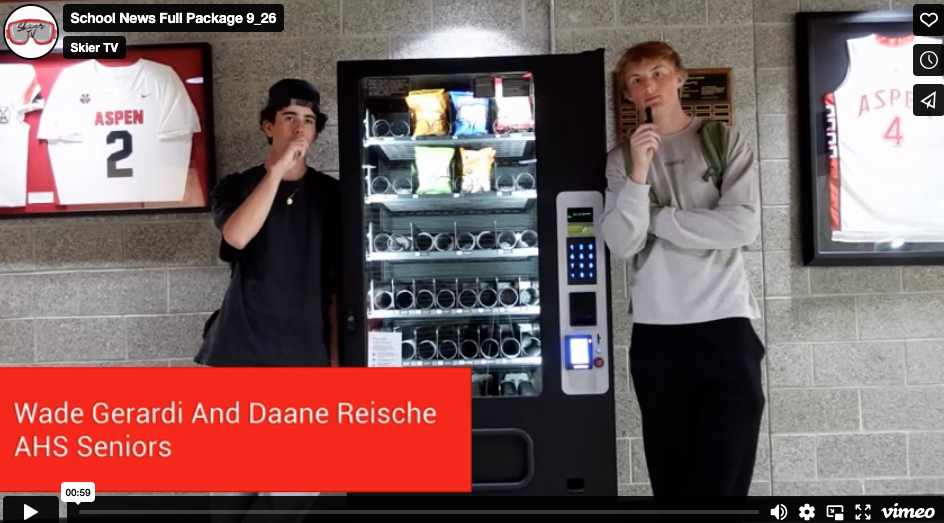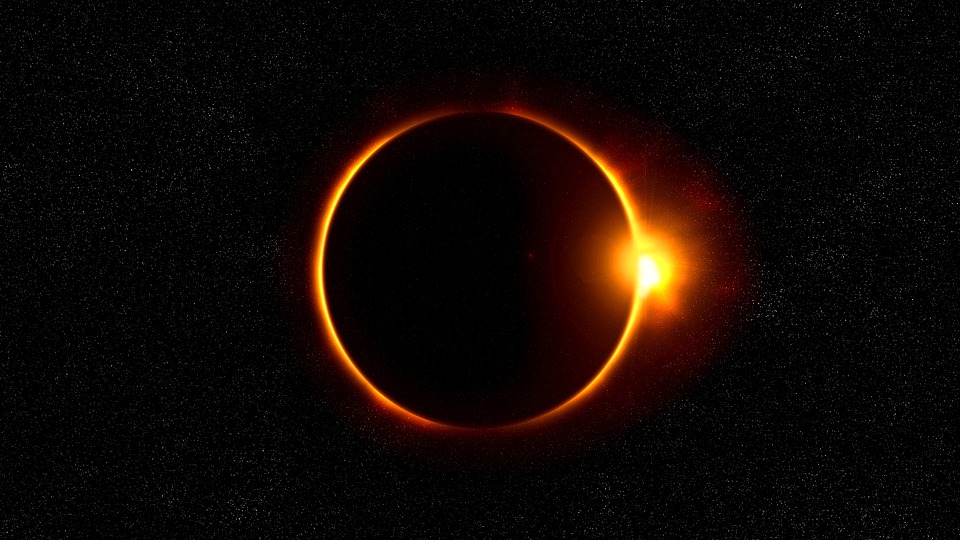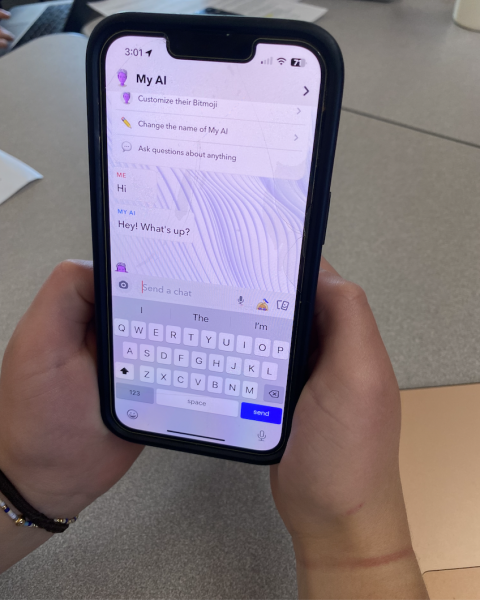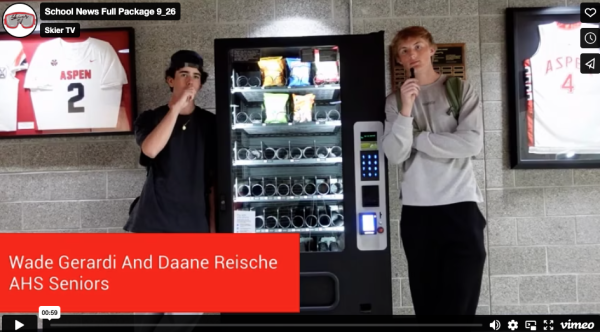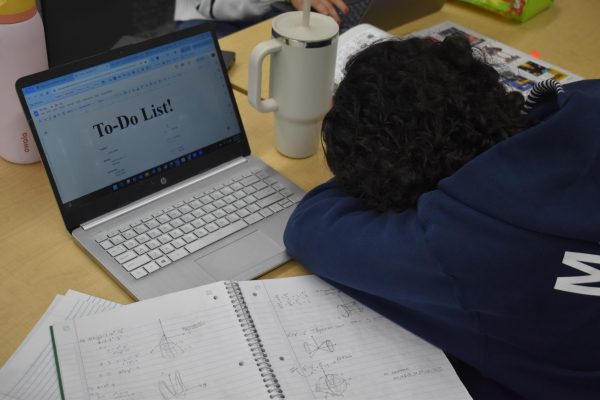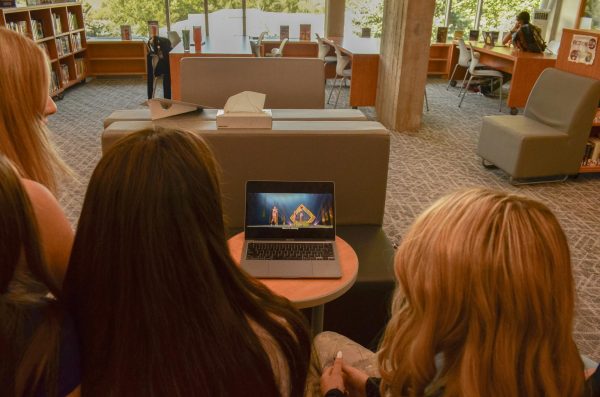A Fiery Show By Nature; The 2017 Solar Eclipse
The 2017 solar eclipse
On Monday August 21, over 20 million people were lucky enough to see the full solar eclipse. The eclipse traveled across the United States and created a frenzy.
A solar eclipse occurs when the moon moves in between the sun and the earth and blocks the sun’s light from the earth, casting a shadow. Although many people think a solar eclipse is a rare occurrence, solar eclipses actually happen about once every 18 months– usually in the middle of the ocean or in unpopulated areas. The path of totality for this solar eclipse crossed over Oregon, Idaho, Wyoming, Nebraska, Kansas, Missouri, Illinois, Kentucky, Tennessee, Georgia, North Carolina, and South Carolina. The solar eclipse on August 21 was so popular because more people were able to see it than any other in history.
So many people were flooding into these states that grocery stores were low on food and gas stations didn’t have enough fuel. People were camping out on the side of the highway because of sold out hotel rooms. It is estimated that over 20 million people saw totality. Many people traveled as far as 20 hours just to see a two minute incredible show from nature.
August 21st was Aspen High School’s first day of school, and Tharyn Mulberry, the school’s principal, saw an opportunity. AHS held a solar eclipse BBQ picnic with a free lunch, to celebrate the solar eclipse and the upcoming school year.
“It was the best way to start the year,” Mulberry said. “A solar eclipse is pretty unique and such a cool way to start the year.” At the picnic there was lunch on the front lawn and a solar eclipse themed game.
“Seeing totality is a once-in-a-lifetime opportunity for me and was breathtaking.” Mary Tarver Reid, a student who went with her family to Wyoming to see the eclipse, said. ‘’The eclipse definitely gave me chills not just because of the temperature going down. It seemed like all of the sudden the sun had gone down but instead of having light on one side of the sky the horizon was evenly dark,”
For the people, including myself, who were not able to see totality, the next solar eclipse over the U.S.A. is August 21, 2045, so you better keep your eclipse glasses!

Tessa Guthrie is a senior at AHS. She is currently one of the Editors-in-Chief. This is her fourth year writing for the Skier Scribbler. She loves to ski,...





